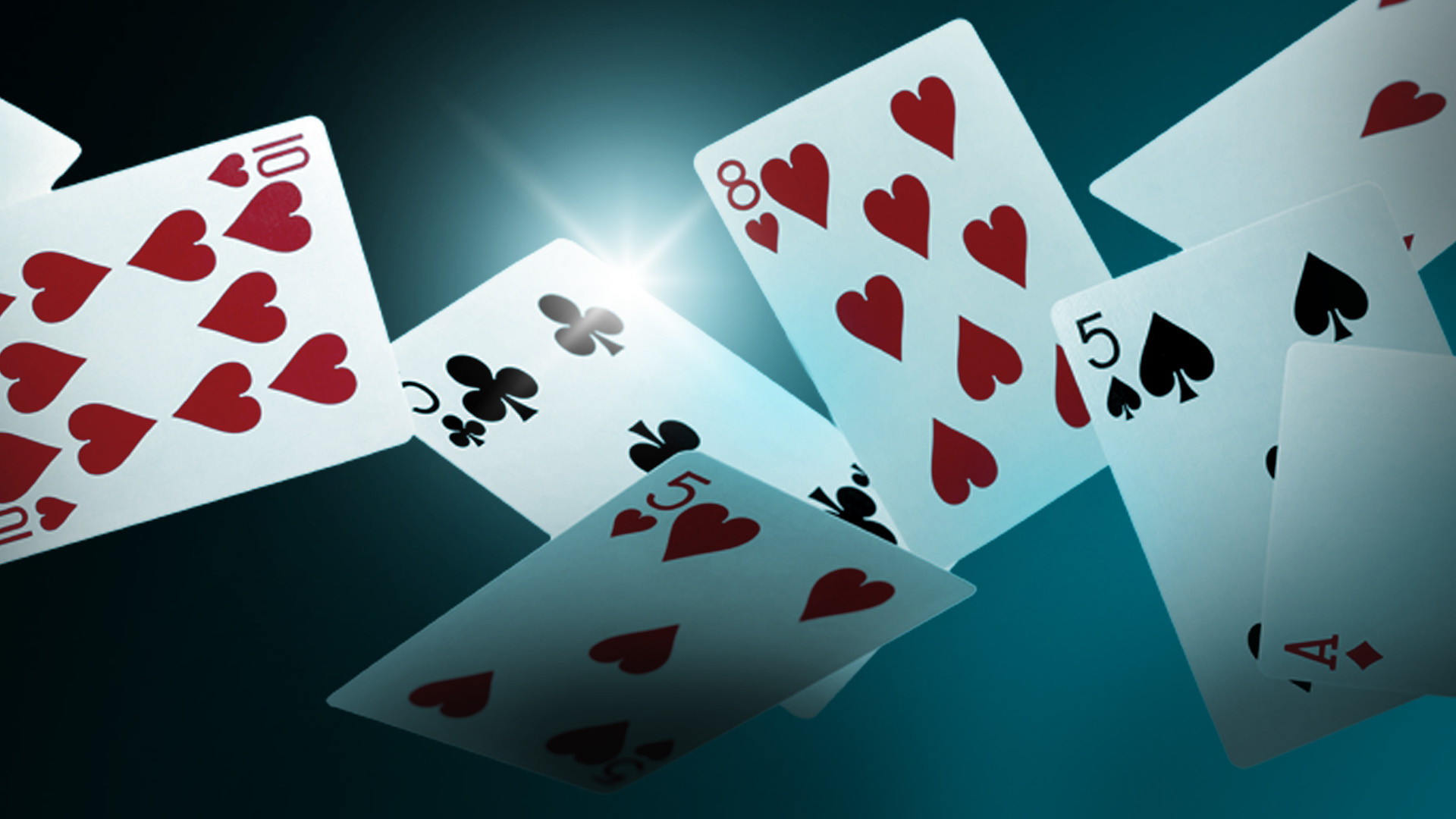
Playing a Soft 18 Hand in Blackjack
Soft 18 hands are unique in terms of the potential moves they offer a player, and in this guide, we’re going to cover how this specific hand can be played if you come into the right cards.
What is the Soft 18 Hand in Blackjack?
In blackjack, a ‘soft 18 hand' refers to a hand that adds up to a value of 18, containing an Ace card.
The hand is more flexible when compared to a ‘hard 18 hand’, which does not include an Ace, therefore the value is fixed at 18.
You will have more options with the soft 18 because the Ace's value can be changed to 1 if you need to avoid going bust.
The strategy for playing a soft 18 will vary depending on the specific blackjack variant and the number of decks in play. However, it's better to be aware of how this hand can be played based on the situation within the game.
Hitting when you have a Soft 18 Hand
When to hit: If the dealer's upcard is a 9, 10, or Ace, consider hitting with a soft 18 hand.
Why: This is because the dealer is more likely to have a stronger hand than the original value of your Soft 18 hand; therefore the value of 18 might not be strong enough to win the round. As this is a soft hand, the risk of going bust is eliminated.
Standing on a Soft 18 Hand
When to stand: If the dealer’s upcard is a 2, 7 or 8, it is generally best to stand with your value of 18.
Why: This is because the dealer is likely to have a weaker hand than your soft 18, and choosing to hit could result in them going bust.
Choosing to Double Down with a Soft 18
When to double down: If the dealer’s upcard is a 3, 4, 5 or 6, then doubling down is an option with a soft 18.
Why: Having such a low card showing as the face-up card, statistically the chances of them creating a winning hand is lower. If you are considering doubling down, this scenario would statistically be the best.
Factors to Consider with the Soft 18 Hand
If you do receive a soft 18, you will need to consider the following before you make your next move:
- In games such as Spanish 21, where the 10s are removed from the deck, the strategy for a soft 18 can change, as it's not possible to receive a 10-value card
- Some games may have additional options - like surrender, which you can use if you are facing a strong dealer up-card.
- Understanding the relationship between your hand and the dealer's up-card is key if you want to make a more informed decision.
- Based on the number of decks in the game, strategy will vary